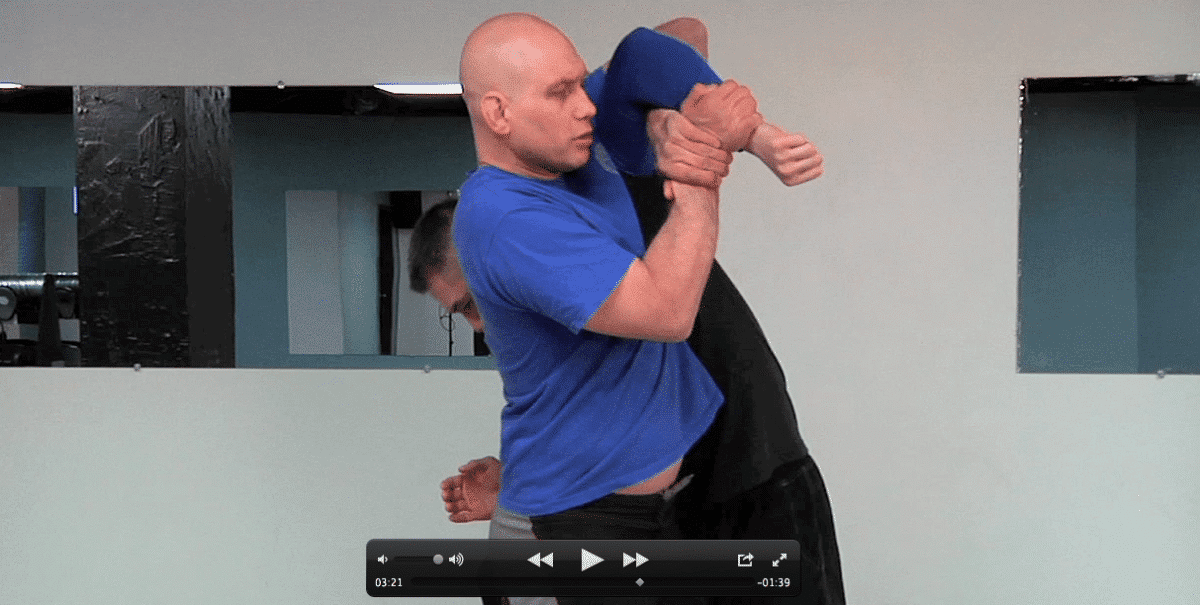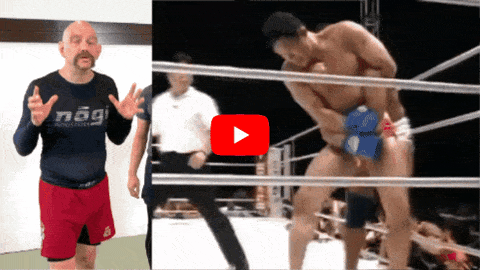
The standing Kimura armlock is now an established and respected submission, but it wasn’t always like this. In fact, when someone showed me this submission in the early 1990’s I thought they were kidding and had run out of legitimate material to share.
But then in 1999 and 2000, a Japanese pro-wrestler called Kazushi Sakuraba did something that many thought was impossible. In just over a year, he defeated FOUR Gracies (Royler, Royce, Renzo and Ryan) in Pride FC, which was the biggest MMA organisation in the world at the time.
Sakuraba used the standing Kimura repeatedly during those fights; most dramatically, he broke Renzo Gracie’s arm at Pride 10 in front of 35,000 Japanese fans.
Here’s the story of that armlock and how a secret technique from a 100 year old book could have defeated it….
The standing Kimura is a venerable technique.
It comes from catch wrestling where it’s called the standing double wristlock. If you want, here’s a clip from the Submissions module of the Grapplearts BJJ Master App, of how to do the standing Kimura properly…
Now let’s look at the counter to this submission.
I have a rare original copy of The Science of Wrestling and the Art of Jiu-Jitsu, a book written in 1923 by Earle Liederman. The “wrestling” referred to in this title isn’t the wrestling we think of today – instead it referred to catch wrestling, an English and American style of wrestling that allowed submission holds to be used as pins, turnovers and counters.
Catch wrestling lives on today in both professional wrestling, which is fake, and shootwrestling, a style of MMA that was popular in Japan in the 80s and 90s. The influence of shootwrestling can still be seen in modern MMA to this day.
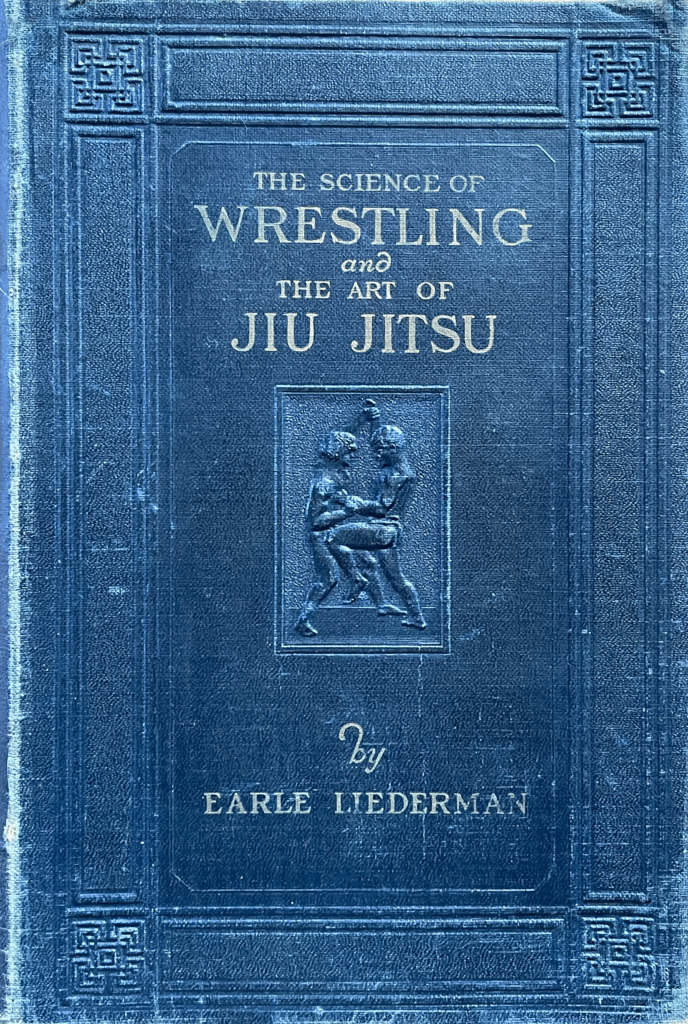
The Science of Wrestling and the Art of Jiu-Jitsu, by Earle Liederman
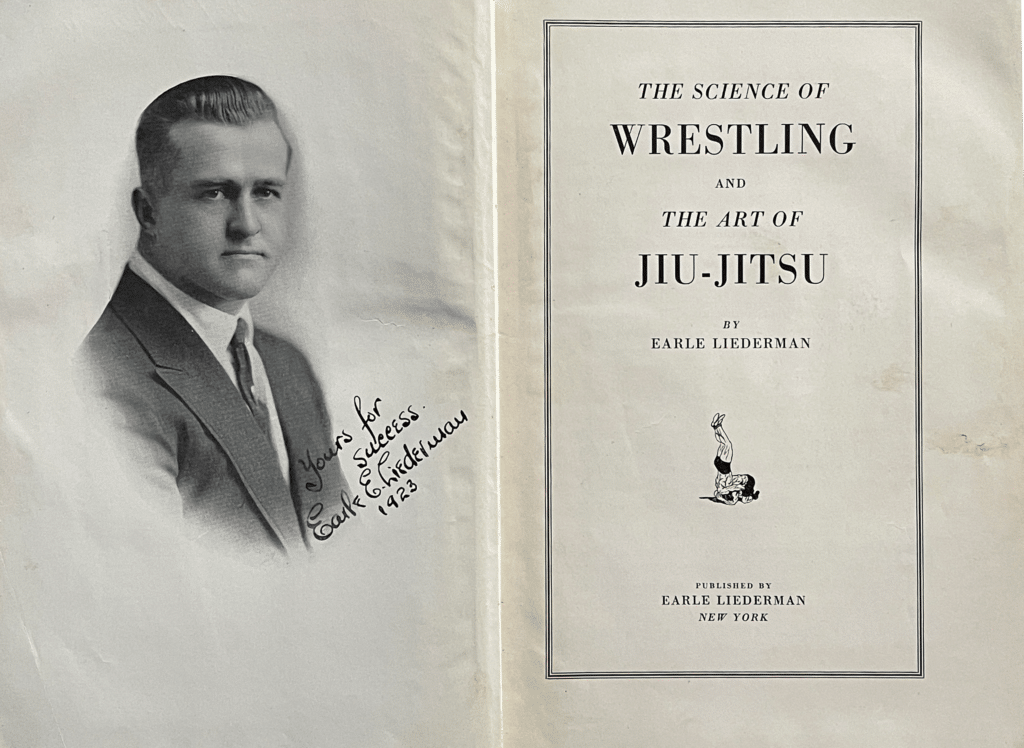
The interior of The Science of Wrestling and the Art of Jiu-Jitsu showing the publication date.
This book shows the Kimura being used both as a pinning hold and as a counter during stand-up wrestling.
In catch wrestling this submission is referred to as a “double wrist lock” not a “Kimura” because this submission only got its current name in 1949 when Masahiko Kimura used it to dummy Helio Gracie in their famous challenge match.
On page 89 of the book Liederman demonstrates the standing double wrist lock, using it to force his opponent’s arm behind his back.
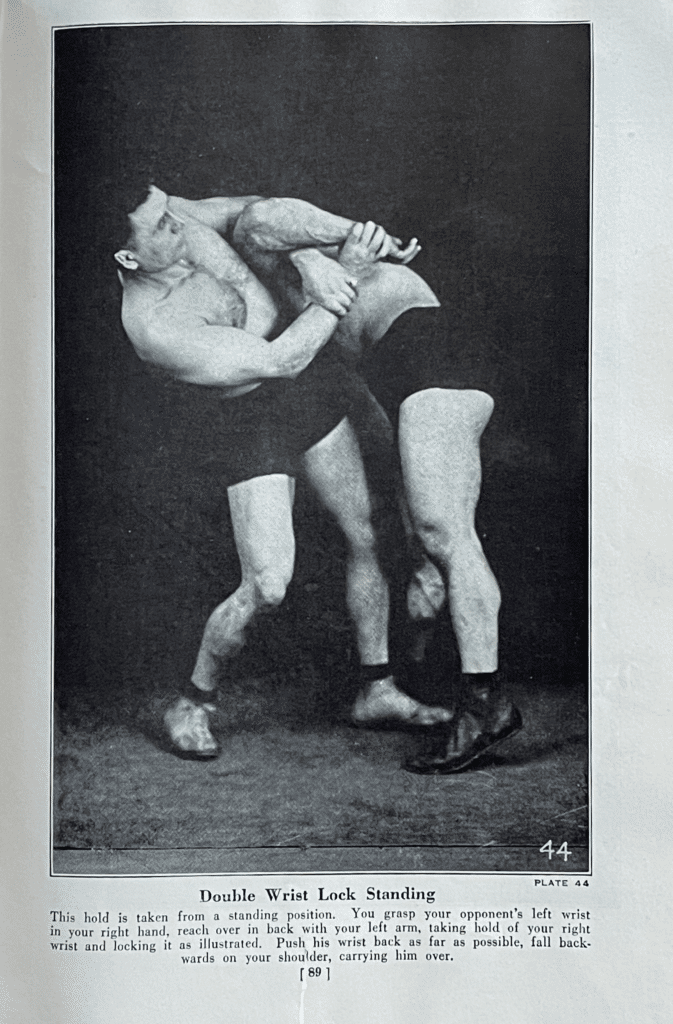
Earle Liederman using the standing double wrist lock (or the Kimura) against a standing opponent.
The counter to the standing double wrist lock (or the Kimura) is simple and elegant.
Fundamentally the Kimura is a symmetrical position, which means that whatever your opponent can do to you, you can also do to him.
In the case of the Kimura whoever has their arm out to the side of their body is losing, and whoever has their arms in front of their own body is winning.
Liederman’s opponent is attacking his left arm, so he links his own hands together with an S grip, and pulls his arm back in front of his own belly (page 94) This takes his arm out of danger and nullifies the submission.
Keeping his hands locked Liederman then hooks his opponent’s leg with his own to take the match to the ground. Once they get to the mat he’ll have the opportunity to apply his own double wristlock to achieve pin and win the match.
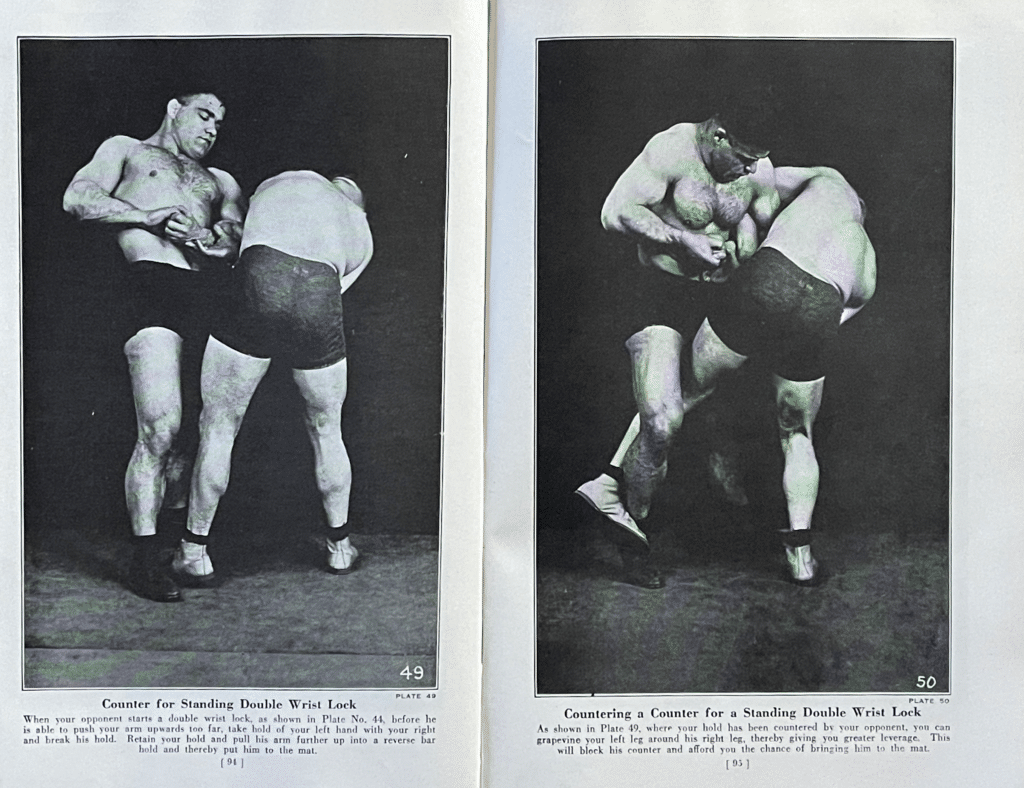
From Greek Pankration 2,500 years ago, to Lancashire wrestling in England, to catch wrestling at carnivals and circuses in the 1900s people want to win their matches and don’t want to get caught in submissions. Everyone is trying to get an edge, and this leads to an arms race of attacks, counters, and recounters.
There are only so many ways to bend and twist an opponent’s limbs, and only so many ways to prevent them. This is why many so-called “new” techniques today are just rediscoveries of techniques and strategies that have been around for hundreds or even thousands of years.
Sometimes you don’t have to discover the wheel for yourself. Instead you just need to go to the archives and find out who else invented it before you!
How to Attack the Half Guard with the Kimura Armlock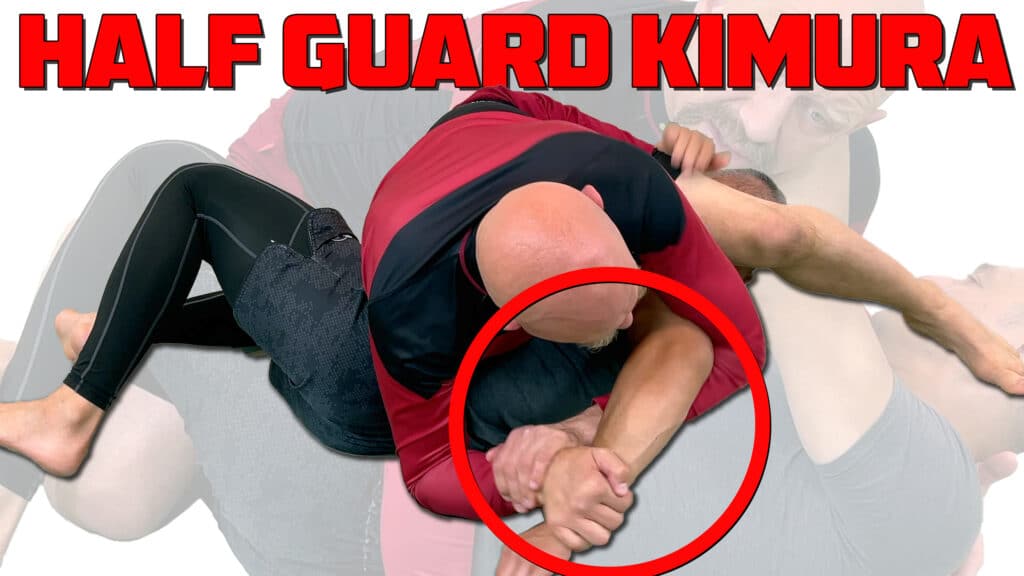
If you’re caught in your opponent’s half guard then you have to be careful not to get swept, submitted, or have your back taken. That being said, you have attack options on top too!
A Powerful Heel Hook Escape
If there’s one submission that’s scarier than a Kimura armlock it’s the heel hook leglock.
Knowing how to deal with, defend and counter leglocks, including the devastating heel hook submission, are now essential skills in grappling.
Click here to learn how to escape and then counter the heel hook submission.
What Is The Submission Formula?
In The Submission Formula you’ll get Rob Biernacki’s Six Step Formula for making your chokes, armlocks and leglocks much more powerful than they are now.
Making your submissions stronger is a matter of having your technical details correct, not spending more time weightlifting. Using this step-by-step formula you’ll learn how destroy your opponent’s alignment, create full tension, maximise your force production, and refine your positioning to make it impossible for your opponent to escape or even resist your attacks.
These submission multiplying strategies apply to both gi and no gi grappling. And we get really granular, showing you exactly how to tweak all the high percentage submissions so they’ll instantly work on any opponent, no matter how big they are.
Click here for more information about The Submission Formula.



